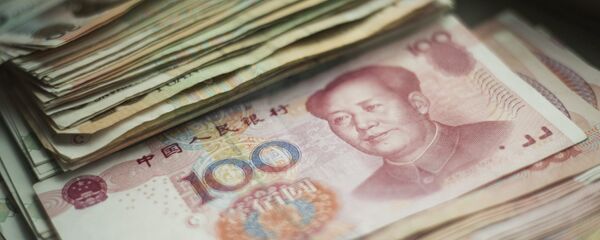The authorities hope to keep harmful PM2.5 at an annual average of around 60 micrograms per cubic meter, while in 2016 its level amounted for 73 micrograms per cubic meter. Meanwhile, a standard set by the World Health Organization (WHO) is 25 micrograms per cubic meter.
China remains the world's largest source of carbon emissions and air pollution, with air quality in major cities far below international standards.
From December 16 to 21, authorities in Beijing and 23 other cities across north and central China announced a red smog alert, the utmost warning level for air pollution in China.
The Chinese authorities have taken a number of measures to tackle pollution, including removing high-emission cars from Beijing’s roads, prohibiting open-air barbecues, garbage incineration and biomass burning.
According to Monday's statement of Beijing's acting mayor Cai Qi, some 500 enterprises polluting air will be closed and over 2,600 enterprises will be modernized in 2017, coal consumption will be cut by 30 percent and more high-polluting vehicles will be banned. A special environmental police force was also created.
Never miss a story again — sign up to our Telegram channel and we'll keep you up to speed!



